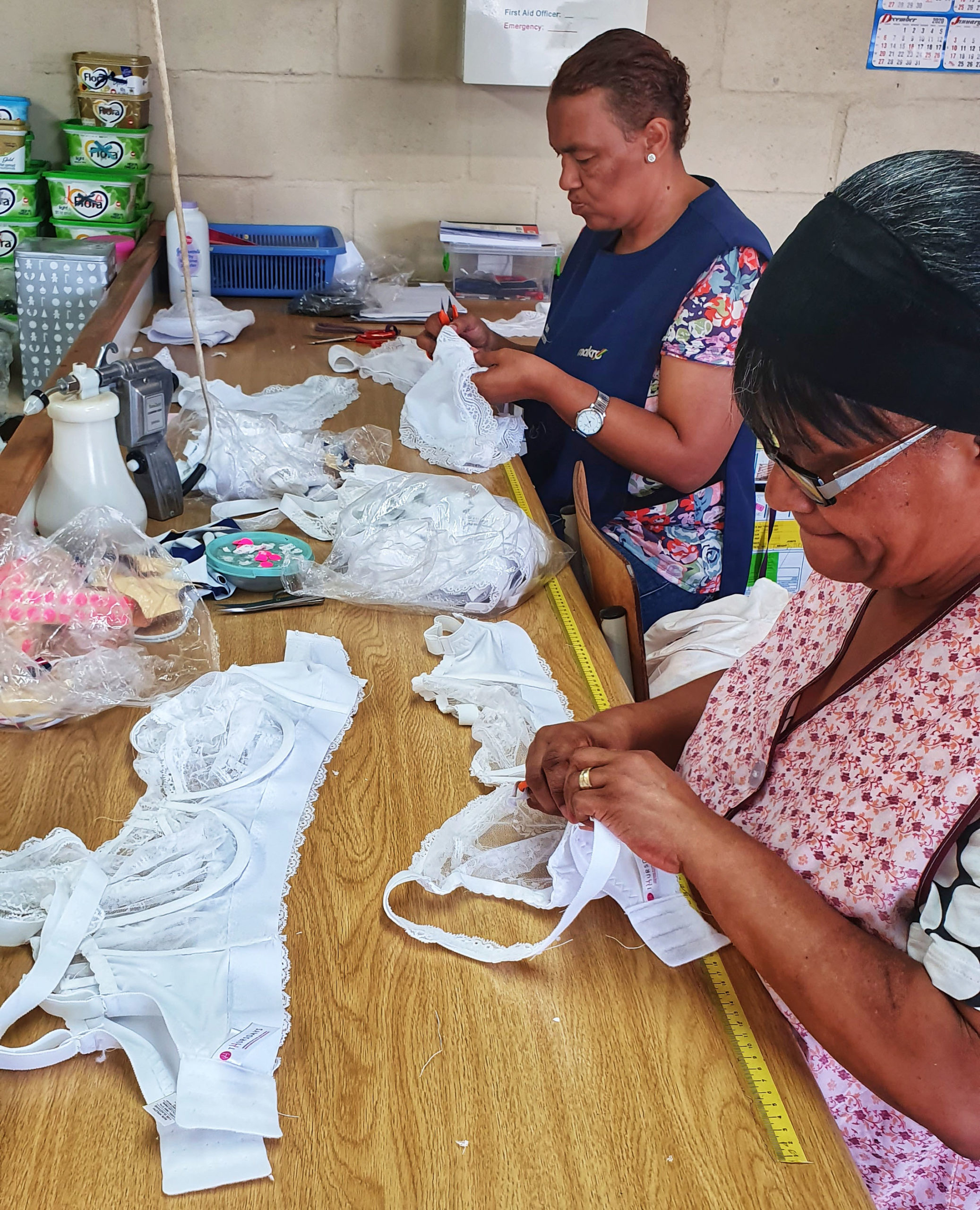BUSINESS MAVERICK
Size matters: Comfy knickers are all the rage as lingerie market grows

Underwear, whatever one’s style or size, is the one sector of the retail apparel market that may not be visible but remains ubiquitous. The international industry is undergoing significant growth and changes, and South Africa seems to be following the trend.
A report earlier this year by international research firm The Insight Partners estimated that the women’s lingerie market would double by 2027 from about US$35,169.4-million in 2018. Importantly, it’s not just growing, but changing.
The research service Wonder found that consumer behaviour is shifting towards more inclusive sizing and colour, specifically of “nude” items. It notes a clear pivot towards functionality. For instance, there is a significant move from the more performative push-up bras to less constrictive, bralette styles.
The clearest harbinger of this comfortable news is the stereotypically sexy Victoria’s Secret, which remains the largest US lingerie retailer but has suffered over the past few decades.
It is difficult to find clear indications whether South African knicker buyers are moving towards similar preferences. Head of Equities Research at Old Mutual Investment Group, Meryl Pick, says this isn’t a big enough category locally as an investment case and there are not any standout listed players. However, anecdotally she has seen that “the advertising has become a lot more body-type inclusive”.
Michael Lawrence, the executive director of the National Clothing Retail Federation of South Africa, says that buying trends are dependent on the market segment a particular retailer is catering to.
“Customer demand is driven between a mix of what is affordable, what is desirable and what is out in terms of what they are seeing.”
However, smaller lingerie businesses are often quite clearly embracing these trends and carving out niches by focusing on a particular sector of the market or ethos.
Co-founder at Ohmybra Saskia Naujok focuses particularly on bigger bras of cup sizes C to H, because she saw a gap for “fashionable yet comfortable lingerie” for what she considers to be average size. She says, “curvy, voluptuous – this is the new norm in our society. We want to cater to reality.”
Ohmybra also values sustainability by making all products to order, and producing only what is needed and sticking to more timeless styles. The company is researching a wider range of nude tones and says this is long overdue in the industry.

The Thursdays lingerie team creates underwear for larger sizes at its Mitchells Plain factory. (Photo: supplied)
Manager of Thursdays Lingerie and Swimwear, Shona Macdonald, also focuses on bigger sizes and says she has seen a greater move towards inclusivity locally, as well as how lingerie is being marketed.
“I am pleased to see that this shift is largely being driven by the consumers themselves, posting body-positive content online and advocating a change in the media space.”
Disruptions in the sector may be welcome by consumers, but aren’t easy for the smaller players. Macdonald says that “the lingerie manufacturing sector in South Africa is on the edge of extinction”. Naujok adds that it “has been quite tricky when it comes to entering as a new, small brand”.
She explains: “Distribution channels have been in the hands of a few, strong distributors for many years.”
While this may be the case in many sectors, particularly those linked to the textile industry, lingerie has particularities. The average Thursdays bra has 17 different components, and matching colours among them can be tricky. Naujok says they have up to 53 size variations and even a few millimetres’ error can make it ill-fitting.
Lawrence adds that the fabrics used are often more complex than for other garments and are usually imported, even if the underwear is made locally. Little of what is in stores is.
“We struggle to invest in more modern technology in this country in the manufacturing sector and the technologies for lingerie are expensive,” he said.
Despite this, there may be significant growth ahead in the world of local unmentionables. The retail, clothing, textile, footwear and leather Value Chain Master Plan, developed by the Department of Trade and Industry, aims to increase local production to more than 60% of sales by 2030. Lawrence says this will inevitably include the lingerie sector.
“At some point in the next 10 years, there will be an increasing focus, I am sure, on what technologies and investments are necessary, given that there is a collective demand for lingerie across various sectors.” BM/DM

















 Become an Insider
Become an Insider
Comments - Please login in order to comment.